Puerto Rico profile
- Published
This page is no longer being updated. It was last updated on 11 September 2023

Puerto Rico is the easternmost and smallest of the Greater Antilles, bordered by the Atlantic Ocean to the north and the Caribbean Basin to the south.
Puerto Rico is a self-governing commonwealth of the United States. It has been a US territory since 1898.
Everyone born on the island is an American citizen and holds a US passport. However, residents cannot vote in US presidential elections, unless they are registered to vote in one of the 50 states.
Puerto Rican culture is a blend of Amerindian Taino, Spanish and African influences with Spanish being the island's first language.
Tourism is an important money-earner and the island attracts millions of visitors each year. But crippling public debt, poverty and high unemployment have seen many of the islanders leave for the US mainland.
Read more country profiles, external - Profiles by BBC Monitoring, external
COMMONWEALTH OF PUERTO RICO: FACTS
Capital: San Juan
Area: 9,104 sq km
Population: 3.2 million
Languages: Spanish, English
Life expectancy: 73 years (men) 82 years (women)
LEADERS
President: Joe Biden
Governor: Pedro Pierluisi
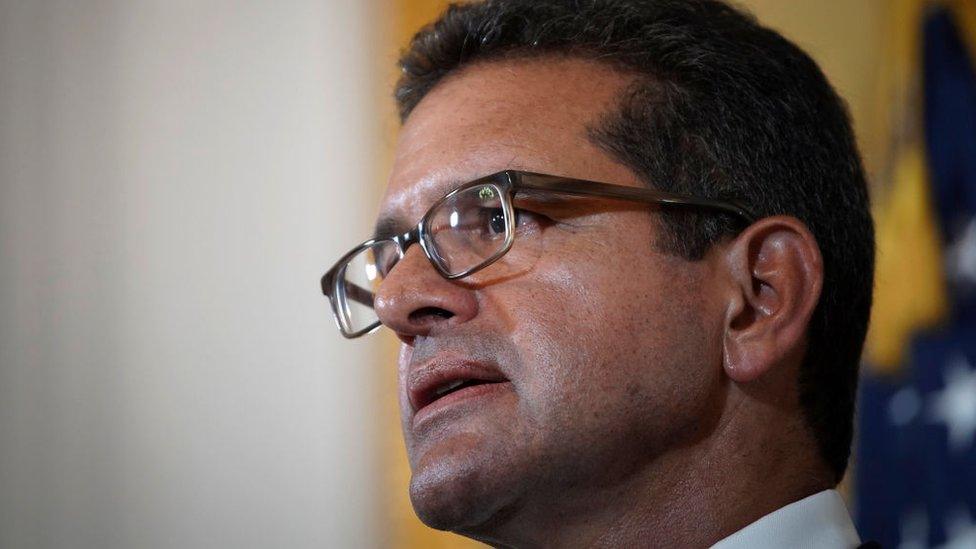
Pedro Pierluisi became governor i August 2019 after the resignation of his predecessor, Ricardo Rossello after a group chat on the Telegram app between Rosselló and his staff was made public, which contained offensive remarks and which mocked Puerto Rican's struggles after 2017's deadly Hurricane Maria.
MEDIA
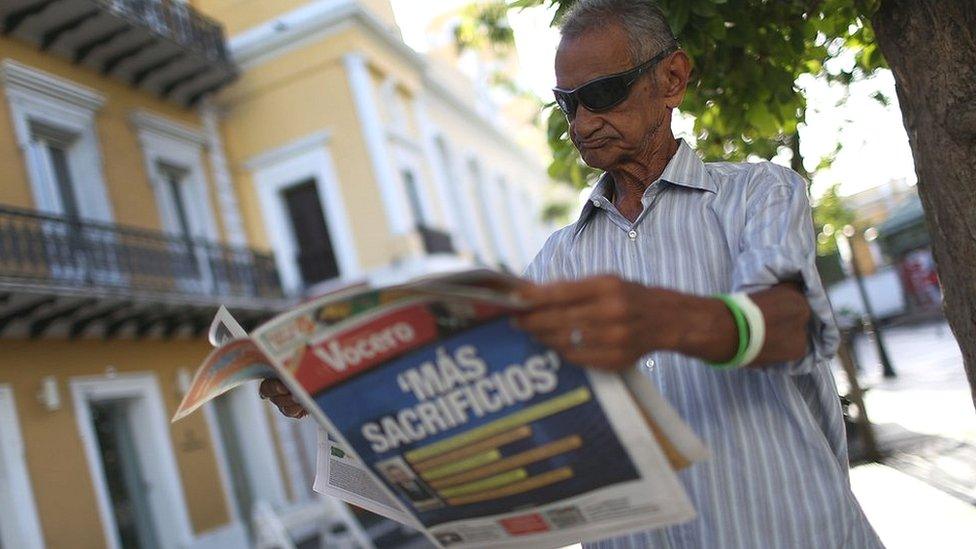
Broadcasting is regulated by the US Federal Communications Commission (FCC).
Home-grown comedies, talk shows and Spanish-language soaps are staple fare on local TV stations. The multichannel offerings of cable TV are widely available.
News and talk and Spanish-language pop music are among the most popular radio formats.
TIMELINE
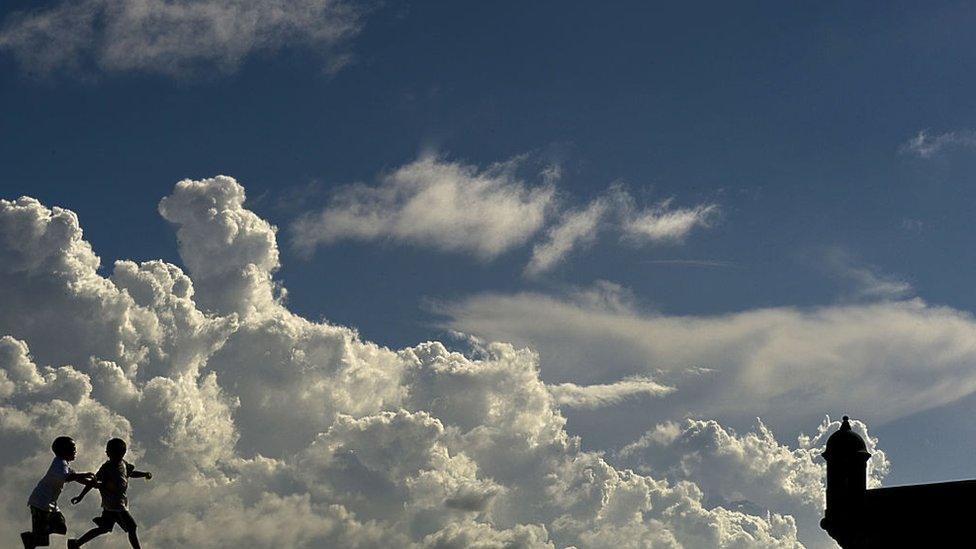
The San Felipe del Morro fort is a reminder of Puerto Rico's colonial past
Some key dates in the history of Puerto Rico:
c. 2000BC - First settlements of Puerto Rico.
1000AD - Taino culture becomes dominant on the island
1493 - Christopher Columbus claims the island for Spain on his second voyage to the Americas, naming it San Juan Bautista.
1508 - Spanish explorer Juan Ponce de Leon establishes the first Spanish settlement.
1500s - The indigenous Amerindian Taino population is virtually wiped out by disease and new settlers. African slave labour is imported.
1520s - Island is renamed Puerto Rico by Spanish authorities.
1521 - San Juan is founded - the second oldest European-established capital city in the Americas
1528, 1538, 1554 - French attacks on Puerto Rico.
1598 - English troops occupy part of Puerto Rico for several months before a dysentery outbreak forces them to leave.
1625 - Dutch attack San Juan.
1797 - British attempt to capture San Juan before being forced to withdraw by Spanish troops during the Anglo-Spanish War of 1796-1802 and 1804-08. The war is part of the wider Napoleonic wars and ends when Britain and Spain sign an alliance after France invades Spain.
1835 - Spain abolishes the slave trade, but existing slaves are not freed in many of its colonies - including Puerto Rico. 19th Century sees several slave revolts on the island.
1868 - Lares uprising. A popular uprising against Spanish rule. It is suppressed but becomes a symbol of the independence struggle.
1873 - Slavery finally abolished in Puerto Rico.
1898 - Spanish-American War: After the US warships USS Maine explodes in Havana harbour in Cuba, the US intervenes in the Cuban independence struggle. As pat of this wider war, US troops land on Puerto Rico and swiftly defeat Spanish forces.
Spain and US sign the Treaty of Paris. Spain cedes ownership of Puerto Rico, Guam, and the Philippines to the US and grants it temporary control of Cuba.
1900 - US Congress establishes a civil government under the Foraker Act but maintains strict control over island affairs.
1917 - Puerto Ricans are granted US citizenship.
1937 - Ponce massacre: Police open fire on a peaceful march to mark the 50th anniversary of the end of slavery, 19 marchers and two policemen are killed and over 200 people are wounded. A US civil rights commission concludes US governor Blanton Winship is respsonsible.
1940s - Puerto Rico gains partial self-rule with popularly elected governors.
1950 - Armed nationalist revolts across Puerto Rico aimed at achieving independence. Some 28 people are killed and 50 wounded in the fighting which sees the US-backed Puerto Rico National Guard using aircraft to bomb the rebel-held towns of Jayuya and Utuado in supressing the insurrection.
1952 - Puerto Rico becomes a self-governing commonwealth of the United States. Under US administration, it experiences growth but nationalist sentiment is still present.
1978-92 - The pro-independence group Los Macheteros or Cane Cutters, also known as the Popular Army of Boricua (EPB) which is is committed to an armed struggle independence, carries out a series of bombings, robberies and gun attacks.
1998 - Puerto Ricans back continued commonwealth status in a referendum.
2003 - The US government stops military training on the offshore island of Vieques after protests.
2005 - Fugitive EPB founder Filiberto Ojeda-Rios is killed during an FBI arrest attempt.
2006 - The expiry of a federal tax break for US corporations in place since 1976 triggers economic recession.
2012 - Puerto Ricans vote for US statehood for the first time in a non-binding referendum on the island's status.
2017 - The territory declares bankruptcy - the largest ever for a US local government. Puerto Ricans vote to become a US state, but the referendum only has a 22% turnout as opponents boycott the vote.
2020 - Puerto Rico votes again to become a US state. The referendum is non-binding as the power to grant statehood lies with US Congress rather than Puerto Rico.
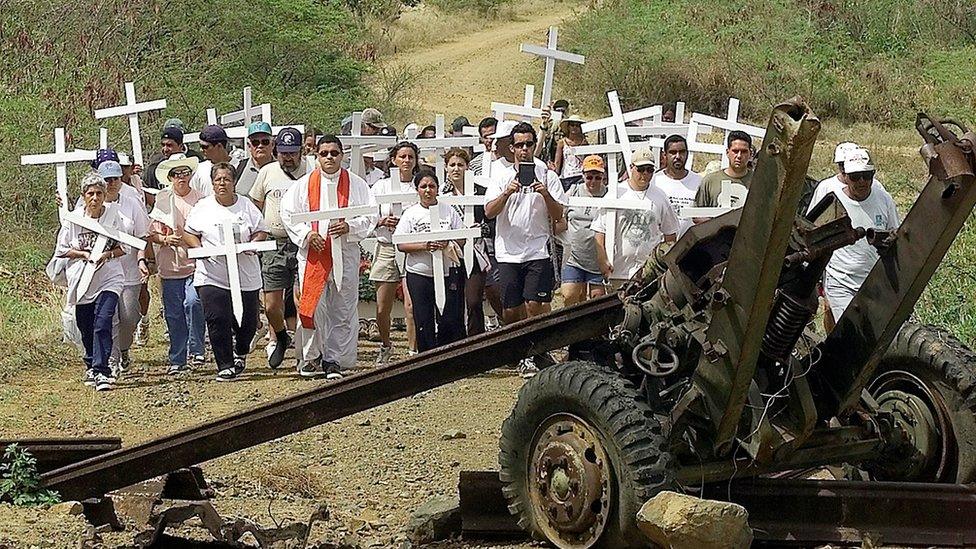
The Vieques target range was used by the US navy until its closure following protests
Related topics
- Published21 January
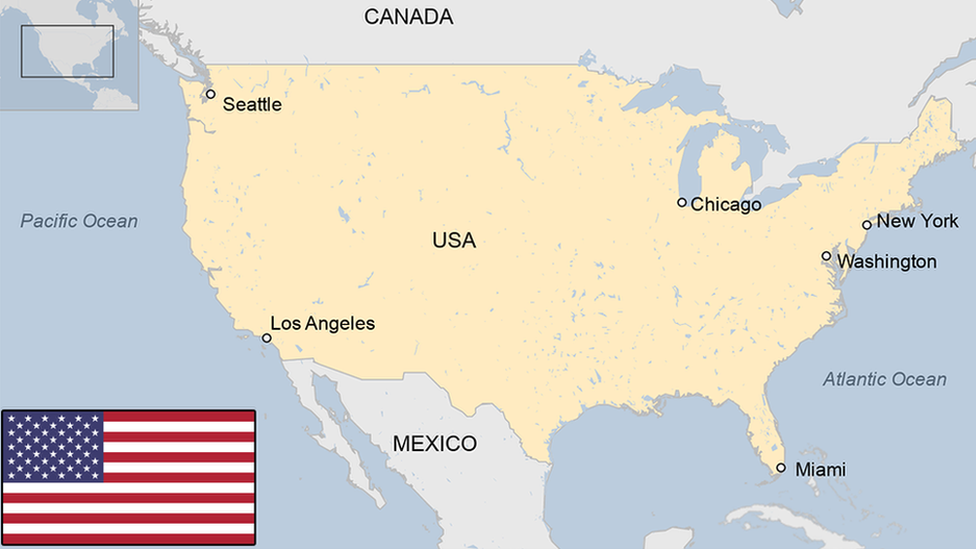
- Published4 August 2023
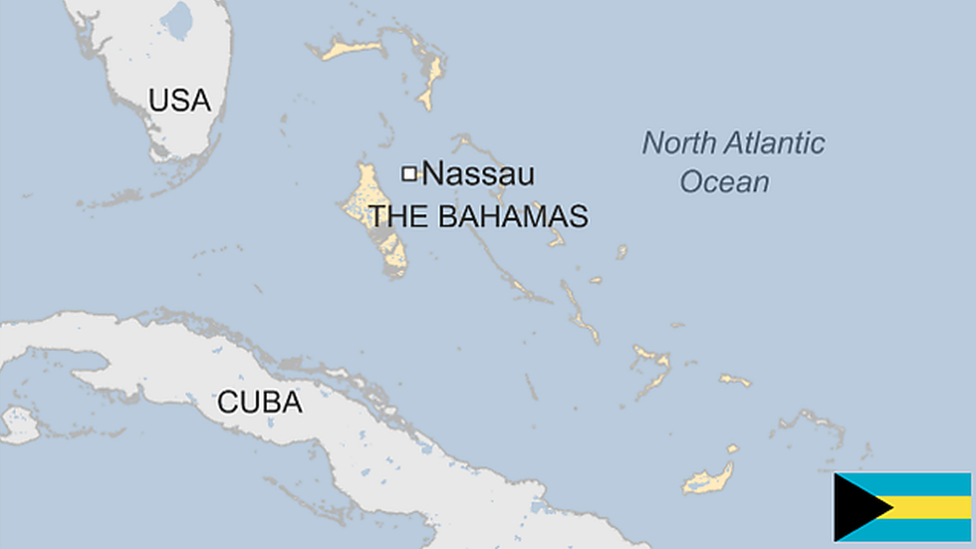
- Published29 August 2023
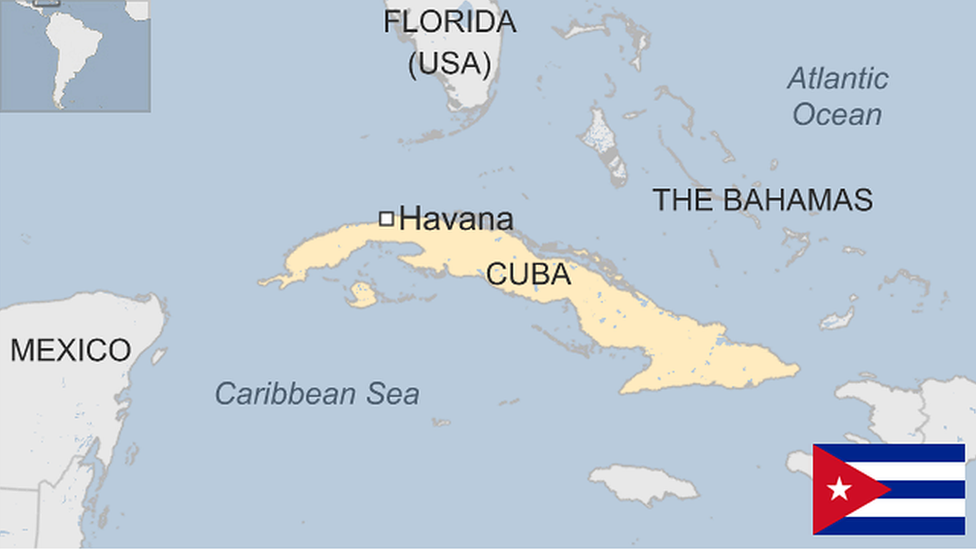
- Published31 March 2023
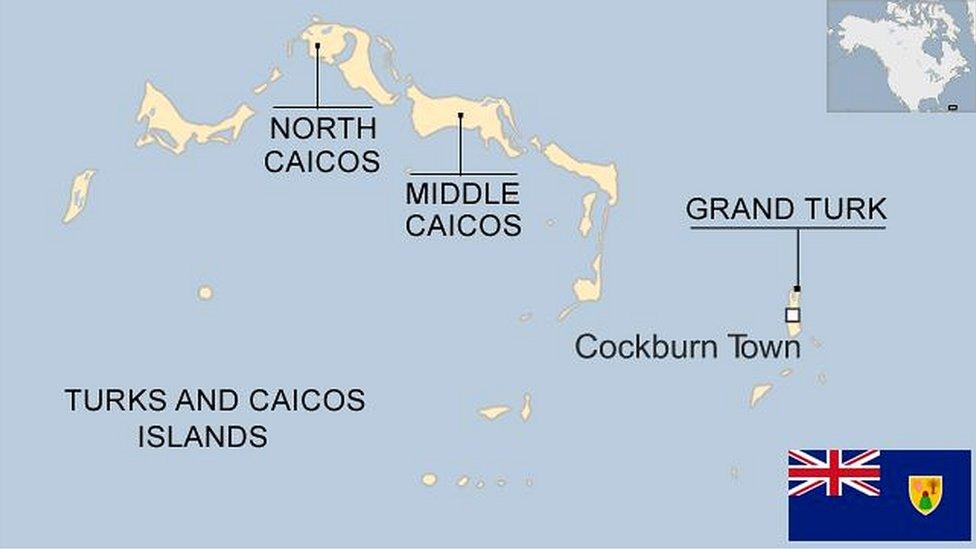
- Published21 May 2024
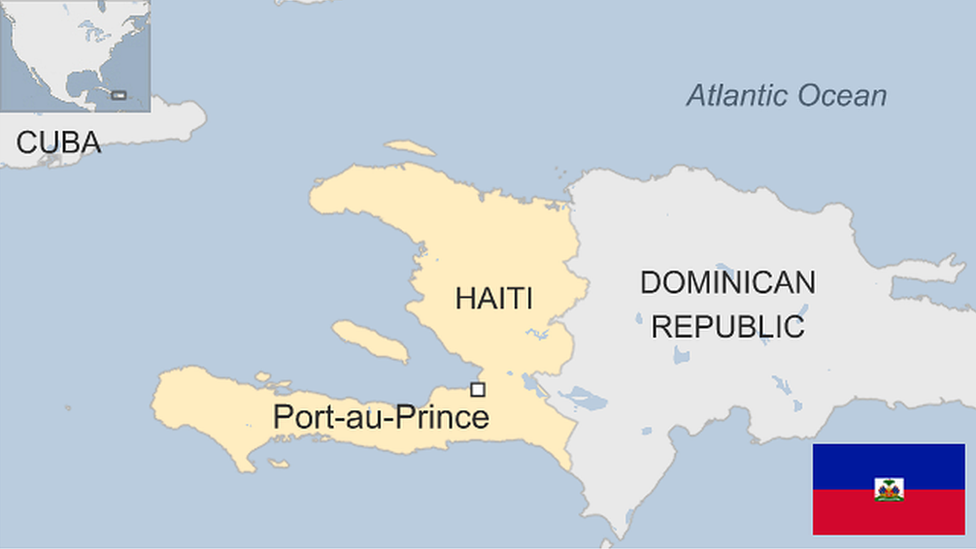
- Published9 July 2024
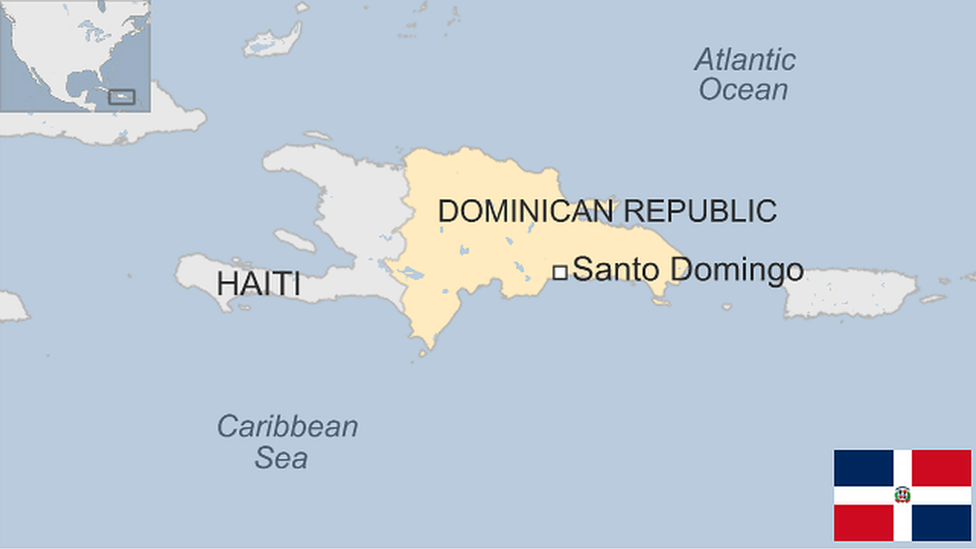
- Published27 March 2023
